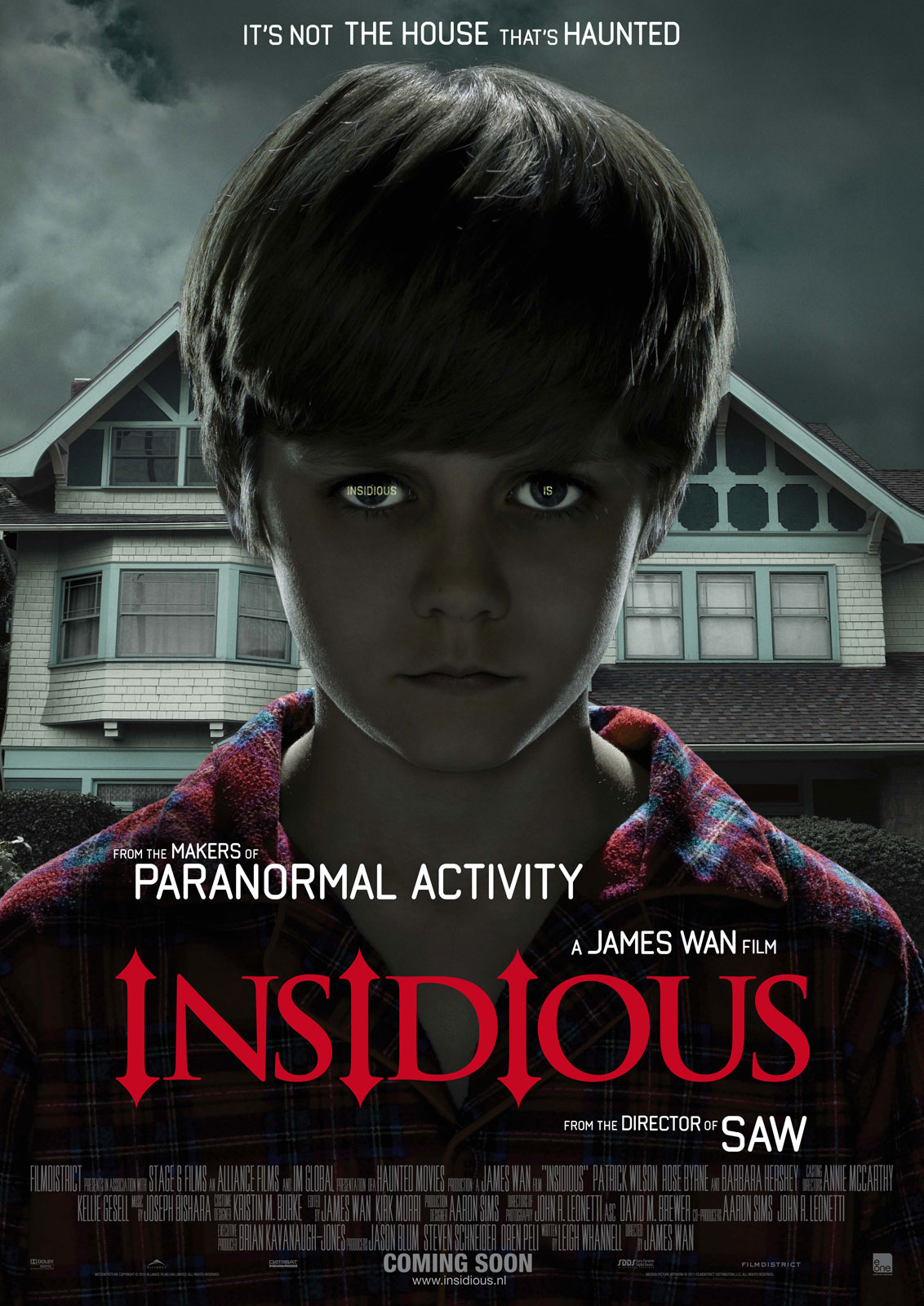Synopsis
Two-Sentence Horror Stories have populated the internet. Among the most unsettling include:
- I always thought my cat had a staring problem – she always seemed fixated on my face. Until one day, when I realized that she was always looking just behind me1.
- I awoke to the sound of the baby monitor crackling with a voice comforting my firstborn child. As I adjusted to a new position, my arm brushed against my wife, sleeping next to me2
These two shocking themes merge in Insidious, a horror movie that centers on Josh and Renai Lambert whose son, Dalton, inexplicably becomes comatose. When a family friend, Elise, informs the Lamberts that Dalton is an astral projectionist who is lost in a ghost dimension, there’s a race against time to recover Dalton’s “soul” from The Further before malevolent spirits can possess his body.
THE PSYCHIATRY OF INSIDIOUS
Insidious serves as an opportunity to teach the differential diagnoses of the Dissociative Disorders. Inherent in DSM nosology, there is a hierarchy within which the clinician must remain diagnostically loyal. For example, if Katie from our previous Paranormal Activity post experienced unreality or detachment (cardinal features of Depersonalization/Derealization Disorder), she wouldn’t be diagnosed with Depersonalization/Derealization Disorder because Dissociative Identity Disorder (DID) takes precedence.
Depersonalization/Derealization Disorder
Dalton’s astral projection is a literal example of an “out-of-body experience” defining of Depersonalization/Derealization Disorder. He recalls his experiences as dreams, so his condition is not likely due to Dissociative Amnesia or a fugue state.
Dissociative Amnesia
If Dalton’s father, Josh, is instead the focus of clinical attention, then Insidious captures the salient feature of Dissociative Amnesia as evidenced by Josh’s inability to recall important autobiographical information. By definition, the information is usually stressful in nature such as being haunted by the Bride in Black. Of course, the true etiology of Josh’s trauma isn’t fully revealed until Insidious: Chapter 2 (2013).
Dissociative Amnesia, with Dissociative Fugue
Continuing the formulation of Josh’s most likely diagnosis, we discover [SPOILER ALERT] that one memory of which Josh is amnestic is his ability to astral project. He, too, is what Elise would call “a traveler.” Unlike his son, Dalton, Josh’s travel is purposeful and associated with amnesia, making Insidious a case study of (provisional diagnosis) Dissociative Amnesia, with Dissociative Fugue.
Dissociative Identity Disorder
While Josh is astral projecting to find Dalton, his empty vessel is possessed by the Bride in Black. In the final seconds of Insidious (and all of Insidious: Chapter 2), Josh has a disruption of identity that is experienced as possession. We therefore must reject the provisional diagnosis of Dissociative Amnesia, with Dissociative Fugue in lieu of the most likely diagnosis; Dissociative Identity Disorder.
References
1. Hangukbrian, http://thoughtcatalog.com/michael-koh/2013/07/40-freaking-creepy-ass- two-sentence-stories/
2. https://www.reddit.com/user/doctordevice
